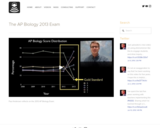
Paul Andersen reflects on the 2013 AP Biology Exam.
- Subject:
- Agriculture & Natural Science
- Biology
- Material Type:
- Lesson
- Provider:
- Bozeman Science
- Date Added:
- 05/29/2014

Paul Andersen reflects on the 2013 AP Biology Exam.
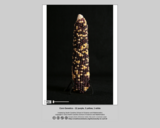
360-degree animation of Corn Genetics (12 purple, 3 yellow, 1 white)
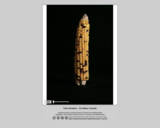
360-degree animation of Corn Genetics (13 yellow, 3 purple)
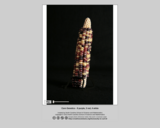
360-degree animation of Corn Genetics (9 purple, 3 red, 4 white)
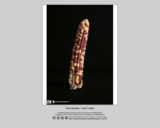
360-degree animation of Corn Genetics (9 red, 7 white)

360-degree rotation of a Chicken Skull
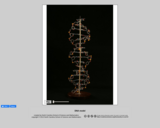
360-degree animation of a DNA model
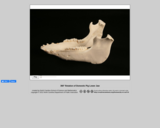
360-degree rotation of a Pig Lower Jaw
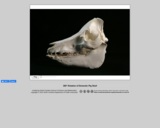
360-degree rotation of a Pig Skull
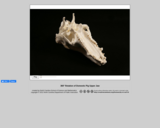
360-degree rotation of a Pig Upper Jaw

360-degree rotation of a domestic Sheep Lower Jaw
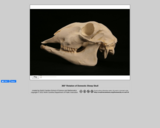
360-degree rotation of a domestic Sheep Skull
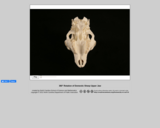
360-degree rotation of a domestic Sheep Upper Jaw
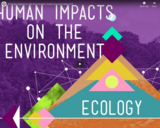
The video resource "5 Human Impacts on the Environment: Crash Course Ecology #10" is included in the "Ecology" course from the resources series of "Crash Course". Crash Course is a educational video series from John and Hank Green.

This "AMPA and NMDA Receptors" learning object is the from the Sumanas resource series. Sumanas offers a robust selection of content and services that are directed at enhancing the learning experience.
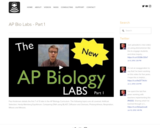
Paul Andersen details the first 7 of 13 labs in the AP Biology Curriculum. The following topics are all covered: Artificial Selection, Hardy-Weinberg Equilibrium, Comparing DNA using BLAST, Diffusion and Osmosis, Photosynthesis, Respiration, Mitosis and Meiosis.
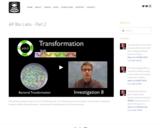
Paul Andersen explains the final 6 of 13 AP Biology Labs. The following topics are included: Transformation, Restriction Analysis of DNA, Energy Dynamics, Transpiration, Animal Behavior, and Enzyme Activity.

Set of flash cards used for AP Biology.
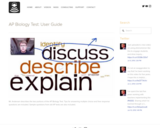
Mr. Andersen describes the two portions of the AP Biology Test. Tips for answering multiple choice and free response questions are included. Sample questions from old AP tests are also included.
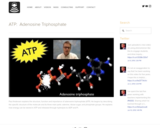
Paul Andersen explains the structure, function and importance of adenosine triphosphate (ATP). He begins by describing the specific structure of the molecule and its three main parts: adenine, ribose sugar, and phosphate groups. He explains how energy can be stored in ATP and released through hydrolysis to ADP and Pi.